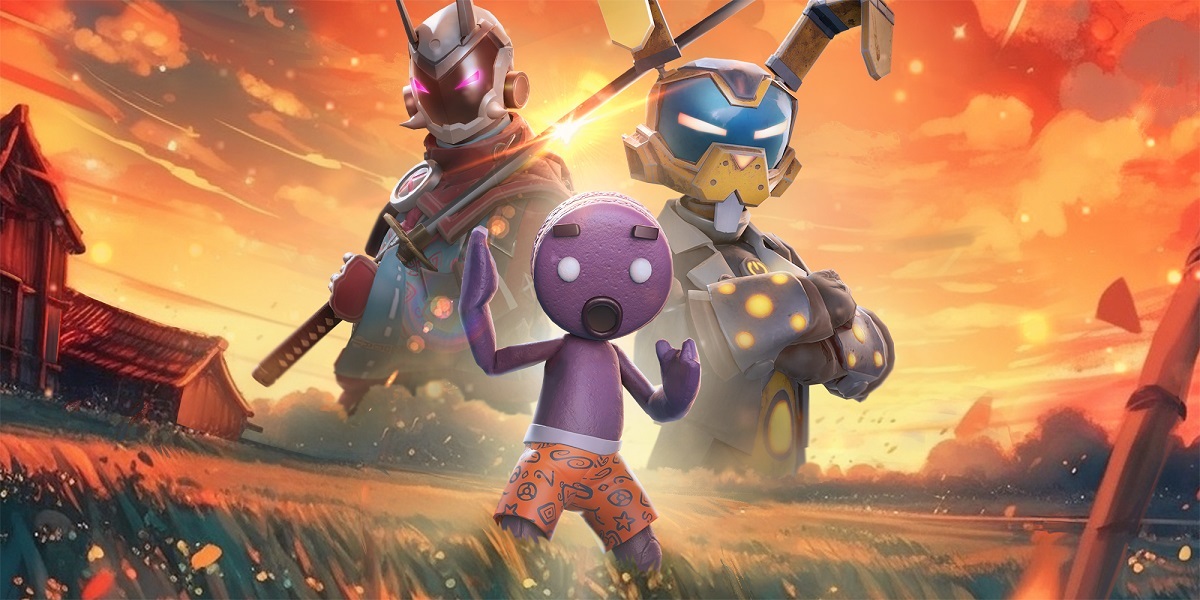Ready Player Me has built a cross-game avatar platform and today it released alpha access to a new suite of monetization tools and premium avatar collections.
These moves will let app creators tap into the $100 billion dollar digital goods economy by selling avatar skins, clothing, and items directly in their apps. Alpha partners utilizing the tools include Hiber, Wink, and Omlet Arcade; other Ready Player Me developers can apply for beta access to the tools here. Ready Player Me makes it easy for users to build avatars and use them in more than one game.

Unlock premium content and VIP community perks with GB M A X!
Join now to enjoy our free and premium membership perks.
![]()

![]()